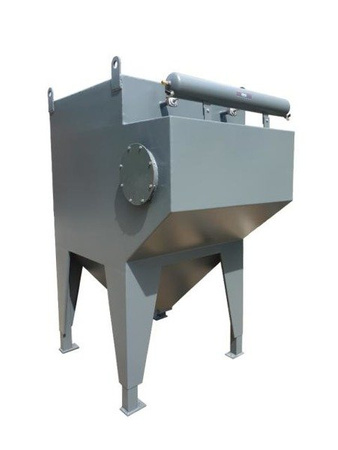

Get and Transform is also built into Power BI Desktop so by learning it you can immediately apply your knowledge to another software solution.Alternatively you can load the data into Excel’s Data Model for more advanced data analysis and modelling.Your clean data can simply be loaded into Excel and then refreshed at the click of a button.
#POWER DATA EXTRACTOR SERIES#
Consolidate and clean up the data from a single or series of CSV files.Pull data from 50 Excel files then re-arrange the data from those files into a single table.Split complex account structures into separate columns and merge account descriptions with account codes.Pull data from different data sources such as AX, SalesForce, CRM Online, Access, Excel, Sequel Server and many more then shape into single or multiple data sets.

#POWER DATA EXTRACTOR HOW TO#
Its only a small table as this is all the data I needed, someone else may now how to do a better one though. SUMMARIZE creates a filtered table with just the DISTINCT consignmnet numbers, the "net total" is the new column I want, then the SUM('Train report master data' gives me the sum of the Net weight to the distinct count of consignment numbers. Train Report net Sum = SUMMARIZE('Train report master data', 'Train report master data', "Net Total", SUM('Train report master data')) This is where the formula I posted before comes in. The new table feature creates a table based off of DAX formula. You will then see the along the ribbon an option called New Table. Within Power BI there is an option to create a formulated table within the Data screen in the desktop version (see picture)

However some tables can be very large and therefore cannot be copied over easily.

The only way to extract the data from Power BI is to copy an entire table in the fields tab. A problem, will do my best to explain what i did.


 0 kommentar(er)
0 kommentar(er)
